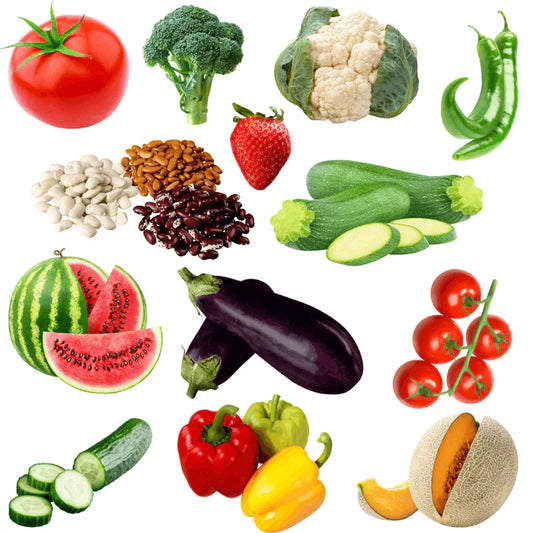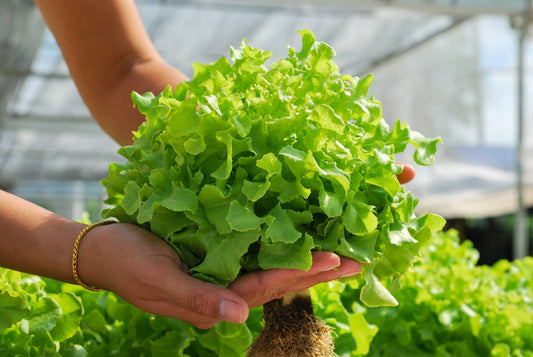As indoor farming and hydroponic systems become increasingly popular, the role of grow lights in plant cultivation has never been more critical. These artificial lights mimic the sun’s spectrum, enabling plants to grow in controlled environments without the limitations of natural light. With advancements in LED technology, modern grow lights offer unparalleled efficiency and versatility. This comprehensive guide dives deep into the science, history, and application of grow lights to help growers make informed decisions.
The Evolution of Grow Lights: A Historical Overview
The concept of artificial lighting for plants has a fascinating history that dates back to the 19th century. In the 1860s, French researchers Mangon and Prilleux conducted the first documented studies on artificial lighting for plant growth. Their findings revealed the potential of artificial light to support photosynthesis, but the technology was far from efficient or practical.
The invention of the incandescent bulb by Thomas Edison in 1880 marked a turning point in artificial lighting. However, early incandescent bulbs were energy-intensive and lacked the spectrum needed for effective plant growth. Around the same time, arc lamps—commonly used for street lighting—were also explored for horticultural purposes. By the late 19th century, gas discharge lamps emerged, using mercury vapor as a light source. These lamps laid the groundwork for modern high-pressure sodium (HPS) and metal halide technologies, which became popular in the mid-20th century.
Today, LED grow lights dominate the market due to their energy efficiency, customizable spectrums, and long lifespan. These advancements have made indoor farming more accessible and cost-effective, allowing growers to cultivate plants year-round, regardless of weather conditions or geographic location.
Why Grow Lights Are Essential for Modern Farming
Grow lights have revolutionized the agricultural industry by providing consistent and reliable light sources for plants. This innovation is particularly beneficial for hydroponic systems, which often operate in indoor or controlled environments. Here are some key advantages of grow lights:
- Year-Round Cultivation: Grow lights eliminate the dependence on natural sunlight, enabling farmers to grow crops throughout the year.
- Increased Productivity: Controlled lighting conditions allow for faster growth cycles and higher yields.
- Energy Efficiency: Modern LED grow lights consume significantly less energy compared to traditional lighting technologies.
- Customizable Spectrums: Growers can tailor the light spectrum to suit specific plant needs, optimizing growth and reducing waste.
Hydroponic facilities, for instance, can produce up to 13 growth cycles of lettuce annually. This level of efficiency would be impossible without advanced grow lighting technologies.
Key Factors to Consider When Choosing a Grow Light
Selecting the right grow light involves understanding several technical parameters. Here are the most important factors to evaluate:
1. Efficacy
Efficacy is a cornerstone of grow light performance. It measures the amount of photosynthetically active radiation (PAR) a light emits per watt of energy consumed. Expressed as μmol/J, this metric indicates how effectively the light supports photosynthesis while minimizing energy consumption. High-efficiency grow lights not only reduce electricity costs but also promote healthier plant growth.
2. Spectrum
The spectrum of a grow light refers to the range of wavelengths it emits. Different wavelengths influence various stages of plant growth:
- Blue Light (400-500 nm): Encourages vegetative growth and dense foliage.
- Red Light (600-700 nm): Promotes flowering and fruiting.
- Far-Red Light (700-800 nm): Aids in seed germination and stem elongation.
A balanced spectrum ensures optimal growth by addressing the plant’s specific needs at each stage of development. Manufacturers often provide spectrum charts, making it easier for growers to select the right light for their crops.
3. Light Intensity and Coverage
Light intensity, measured in photosynthetic photon flux density (PPFD), indicates the amount of usable light that reaches the plant’s surface. Uniform light distribution across the growing area is essential to prevent uneven growth. Growers should also consider the size of their growing space and choose lights with adequate coverage.
4. Lifespan and Durability
Investing in a durable grow light with a long lifespan ensures cost-effectiveness over time. LED grow lights, for example, can last up to 70,000 hours, making them a reliable choice for long-term use.
5. Cost vs. Value
While high-quality grow lights may have a higher upfront cost, their energy efficiency and durability often result in lower operating expenses over time. It’s essential to balance initial investment with long-term benefits.
Dispelling Myths: Watts, Lumens, and Lux
Many growers mistakenly use outdated metrics like watts, lumens, or lux to evaluate grow lights. Here’s why these measures are not reliable:
- Watts: Indicates energy consumption but doesn’t reflect the light’s effectiveness for plant growth.
- Lumens and Lux: Measure visible brightness but not the wavelengths essential for photosynthesis.
Instead, focus on PAR and PPFD values, which provide a more accurate assessment of a light’s suitability for plant cultivation.
Real-World Applications of Grow Lights
Hydroponic Greenhouses
In hydroponic systems, grow lights play a pivotal role in maintaining optimal conditions for plant growth. By fine-tuning the light spectrum and intensity, growers can achieve faster growth cycles and higher yields.
Indoor Farming
Urban farms and vertical growing systems rely on grow lights to maximize space and productivity. LED lights, in particular, are ideal for these setups due to their low heat output and customizable spectrums.
The Future of Grow Lights
As technology continues to advance, the future of grow lights looks promising. Here are some trends to watch:
- Smart Lighting Systems: Integration with IoT devices allows for automated control of light intensity, spectrum, and timing.
- Enhanced Energy Efficiency: Ongoing research aims to develop even more efficient lighting solutions, reducing environmental impact.
- Customizable Spectrums: Future grow lights may offer hyper-specific spectrums tailored to individual plant species.
Conclusion
The evolution of grow lights has transformed the agricultural landscape, offering unprecedented opportunities for both commercial and home growers. By understanding the key factors — efficacy, spectrum, intensity, and durability—growers can select the best lighting solutions for their needs. Whether you’re cultivating in a hydroponic greenhouse, an urban farm, or your living room, the right grow light is essential for success. As the industry continues to innovate, the potential for indoor farming will only grow brighter.




